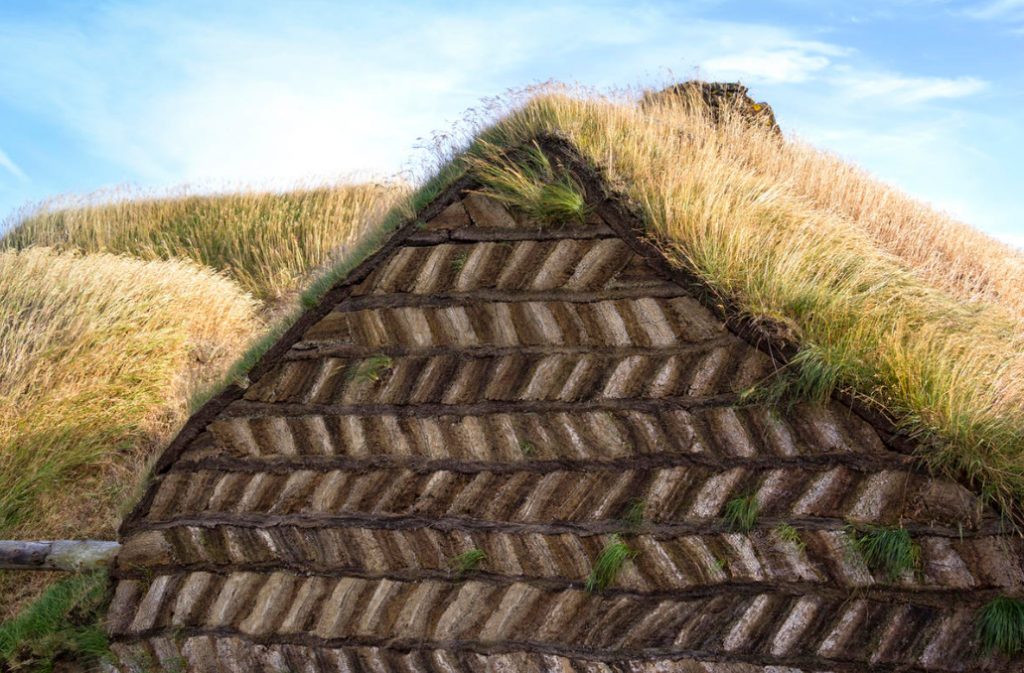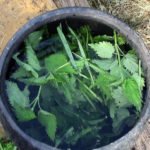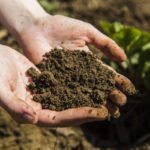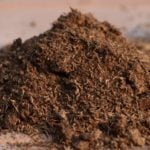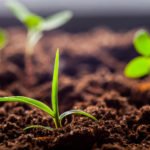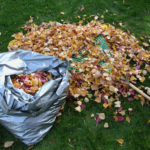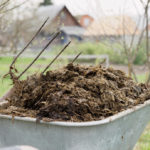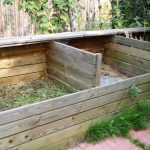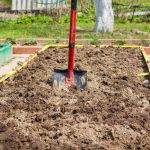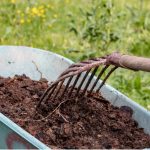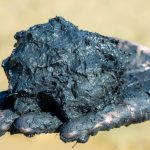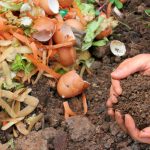Peat is a unique natural material. It is used in energy and agriculture, in medicine and cosmetology, in the production of insulation, fabrics and carpets. In Scotland, there is even a special type of whiskey — “peat”: when it is prepared, peat serves as fuel for drying malt and gives the drink a characteristic aroma. And in some Icelandic villages, you can still find cute turf houses-dugouts, warm and eco-friendly.
Owners of country houses and plots are much more interested in peat in another quality — as an organic fertilizer and mulch, a component of soils and compost, a filler for toilets, as well as a material from which they make tablets and cups for seedlings. Perhaps every cottager encountered peat in one or another of its “hypostases”. And the impressions from its application sometimes differ very much.
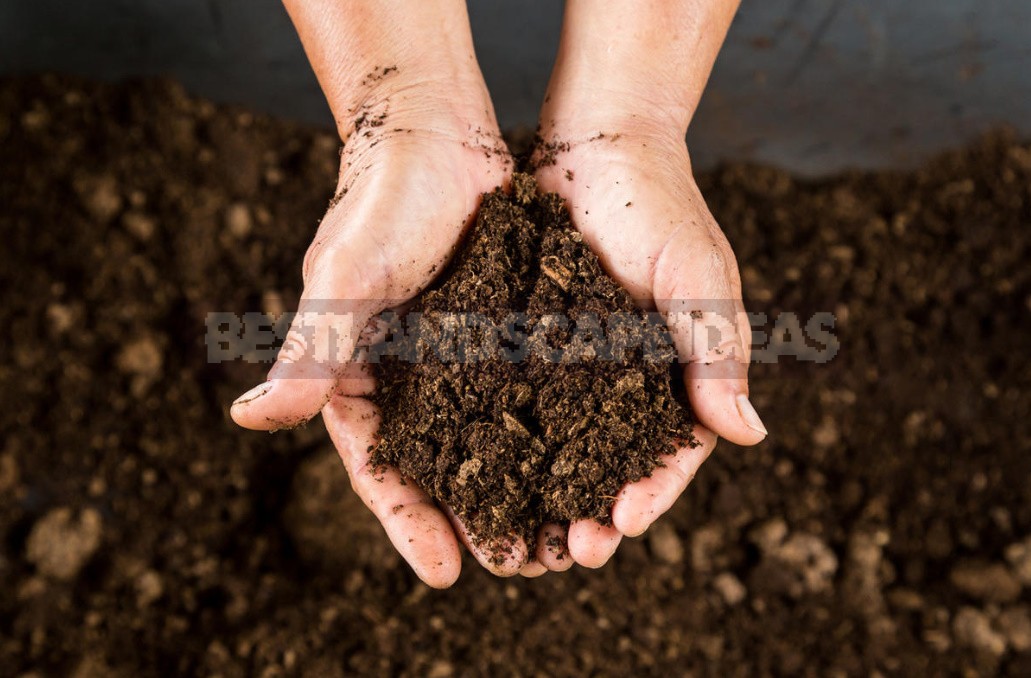
The fact is that when using this valuable organomineral product, it is necessary to take into account several fundamentally important features, otherwise mistakes and disappointments can not be avoided.
1. Peat is different
The fact that peat is a mineral, we were told in elementary school. It is formed in swampy areas from plant and animal remains, which are layered on top of each other for thousands of years and can be located at a depth of up to 10 meters. Depending on the place of formation, composition and degree of decomposition, there are 3 genetic types of peat: lowland, riding and transitional. The “lower” the layer of peat, the higher the degree of decomposition — and, accordingly, the humidity, density, content of nutrients and trace elements.
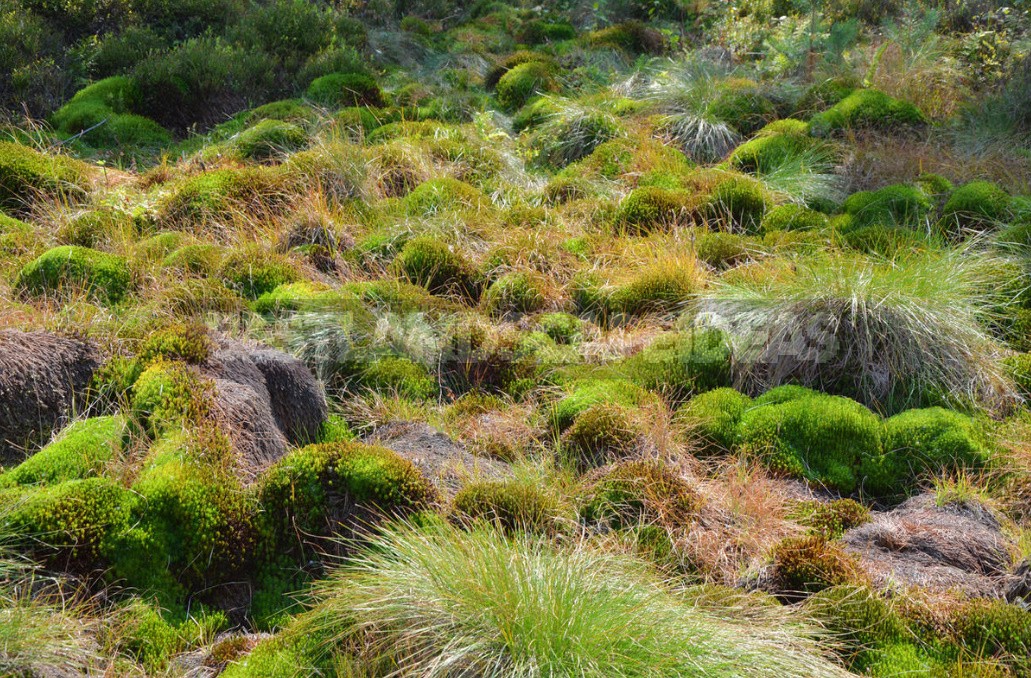
All types of peat can be successfully used on the dacha, but in each case there are nuances.
Perhaps the most important thing to know about the types of peat is that they differ in the level of acidity. In the lowland environment reaction is slightly acidic or close to neutral (pH 5.5-7.0), in the upper — acidic (pH 3.5-4.5) or strongly acidic (pH 2.6-3.2). This must be taken into account, so as not to harm the soil and plants.
2. Not all soil needs it
Peat has a set of unmatched properties:
- when applied to the soil, it improves its composition and structure, makes it light and porous, air-and moisture-permeable;
- it contains humic acids that stimulate the growth and development of plants, as well as amino acids that help plants absorb certain trace elements;
- as a natural antiseptic, it improves the soil, weakens the action of harmful microorganisms and pesticides that get into it;
- due to its high thermal insulation properties it protects plant roots from temperature changes;
- enriches poor soils with nutrients;
- normalizes the acidity of the soil, if it is lowered.
But this is still no reason to transfer all the peat deposits of the world to their beds. Soil types, as we know, are also different, and not every one of them is shown peat. If the soil on your site is poor or depleted, dense clay or sand, peat in combination with other fertilizers will help to improve its structure and increase productivity. If it is fertile with a good composition, its use is not productive.
3. Peat it is important to properly prepare
Even lowland peat, which can be applied to the soil in its pure form, must first be crushed and decomposed for airing for several months: in its fresh form, it can be toxic to plants. At the same time, it can not be over-dried, otherwise it will lose a good half of its useful properties. In addition, dry peat will “squeeze” the necessary moisture from the ground for plants.
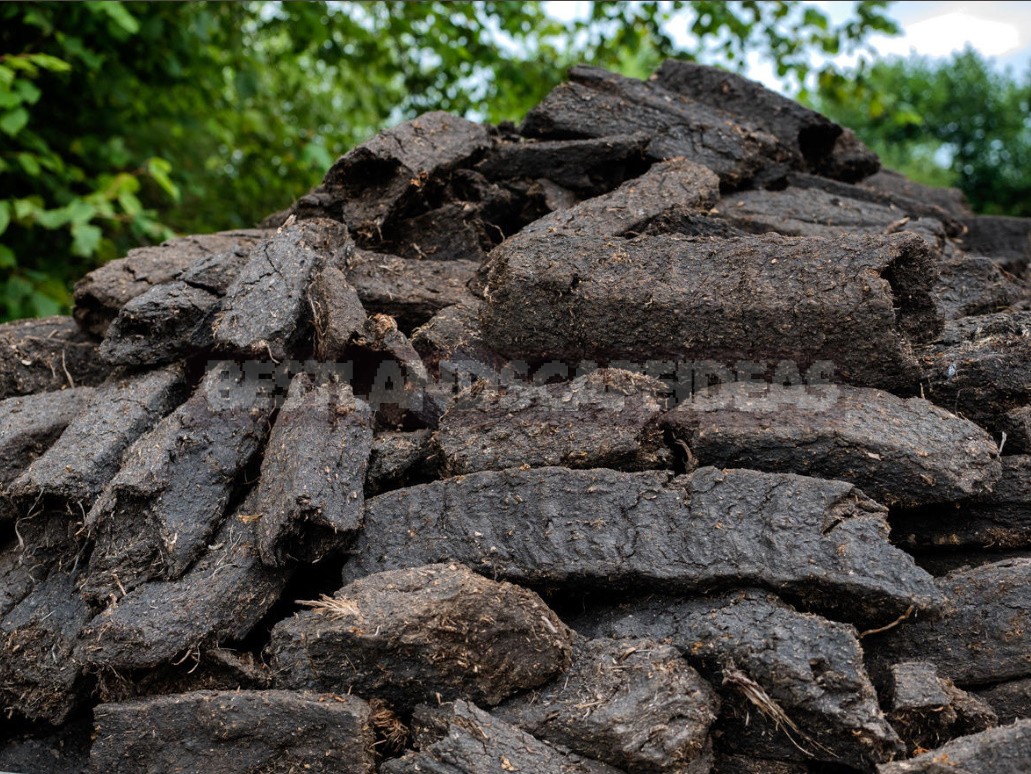
Riding peat is not recommended for use without pretreatment. First, it can increase the acidity of the soil, which will inhibit the growth and development of plants. Secondly, there are few nutrients in it, so it is not suitable as an independent top dressing — only after composting and adding additives.
4. Don’t wait for an instant effect
If you use peat as a fertilizer, keep in mind that it is a long-acting fertilizer. Be patient for 2 or 3 years.
5. Peat is not so willing to share nutrients
Peat is really rich only in nitrogen, but in order for plants to get it, you need to try. The easiest way to enrich peat with useful additives is to make compost from it. Manure in this “cocktail” serves as a kind of activator, making nitrogen compounds and other substances contained in the peat more accessible to plants.
6. Peat is more effective as a “team player”
Use peat as a top dressing is still more appropriate in combination with other organic and mineral fertilizers. In some cases, its use in its pure form may be useless, or even harmful. For example, if we are talking about sour topsoil, “indigestible” for most plants.
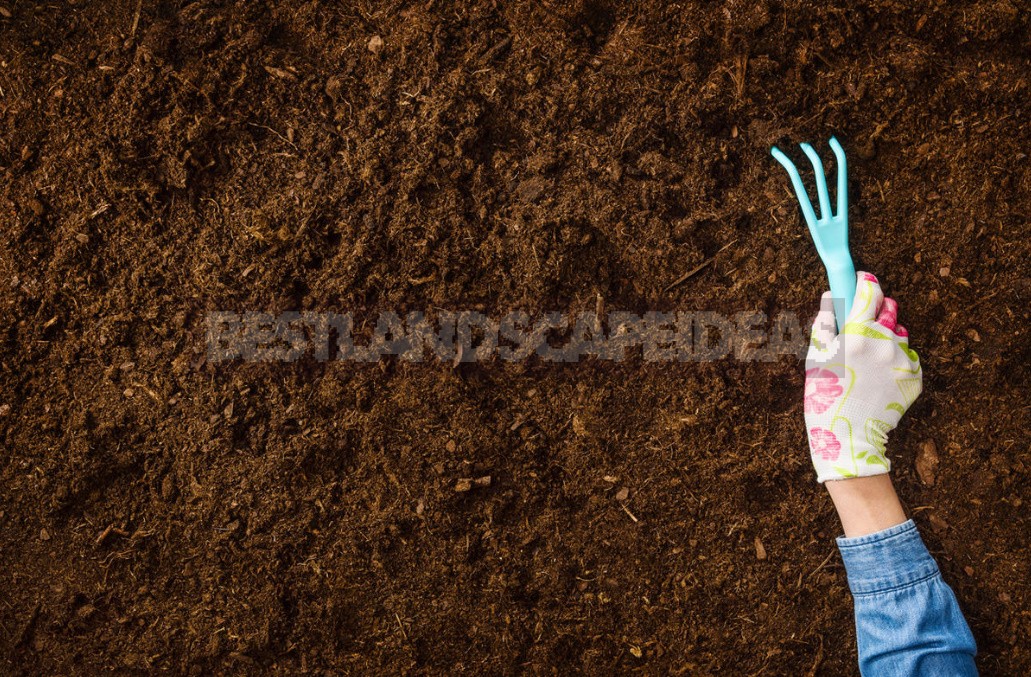
7. Sour does not mean bad or harmful
Lowland peat is “fatter” in composition and more versatile in use, but it is more accessible, lighter and looser. It is acidic peat that has increased antiseptic, bactericidal and absorbing properties, so it is one of the main components of substrates for seedlings. It is suitable for composting, and for filling country toilets. In its natural form, horse peat will be an excellent mulch for lovers of acidic soils. In other cases, it must be deoxidized.
When applying lime or dolomite flour from the top is obtained neutralized peat — an excellent material for hiding plants, mulching, preparing soil, nutrient mixtures, compost. Its structure, due to a low degree of decomposition, allows it to retain its useful properties for longer. Therefore, in many places, such as greenhouses, seedling boxes, containers and hanging planters, it has no equal. Especially if you add perlite or vermiculite, sand and a handful of fertilizers to his company.
It is riding peat that is most often used for the production of composite soils, peat-saving pots and peat tablets, which are dearly loved by many flower growers.
8. Peat in tablets and cups requires special attention
When sowing seedlings in peat tablets or pots, it is important to remember that the riding peat is porous and retains moisture well. So neither waterlogging nor over-drying is allowed here.
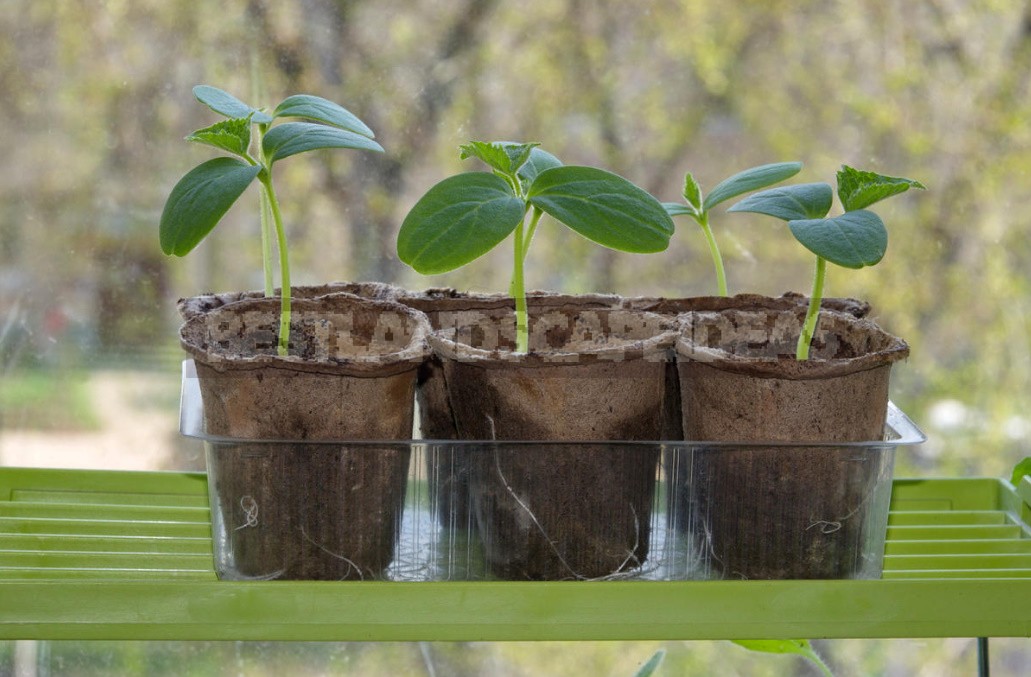
9. the type of peat is important even in the toilet
If all types of peat are suitable for composting, then it is mainly used as a filler for toilets. Lowland peat loses its friability and sorption properties when wet, which can cause an unpleasant smell. As a rule, for bio-toilets, fillers are produced on the basis of produced top peat with additives that contribute to rapid composting of waste. However, this does not mean that they can be immediately used as fertilizer. First, the waste is Packed into a compost heap, where it must undergo a process of prolonged fermentation and processing by special bacteria. It is not recommended to make such compost on beds with vegetables and garden strawberries.
Eventually, any type of peat will find a place in the garden. If it can cause harm, it is only if it is used incorrectly.
What is your “relationship” with peat? Share your experience of using it on the site!
